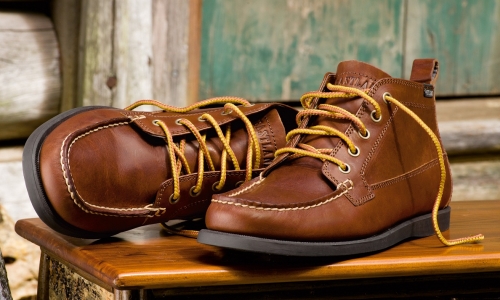How to choose a splint for the knee joint?
A Splint for a knee joint is an orthopedic device that is applied in traumatology. Provides immobility of the knee joint after traumas, surgical interventions on the foot or in the rehabilitation period to prevent the occurrence of complications.

Orthopedic locking mechanism is a liner, which are mounted on the legs from mid-thigh to mid-calf. They are held by lacing or straps. For its production use plastic, metal, synthetic or natural fabrics. Fabric or leather strengthened with the help of a frame made of metal with half rings and tires. Orthosis – an orthopedic design, also designed to restore knee articular-ligamentous apparatus. Has a more complex structure. Splint, unlike orthesis, has no joints in the joint region.
Knee splints comfortable to wear due to the fact that they weigh little, they are easy to wear and they provide accessibility to the problem area.
These orthopedic products are very easy to use even for bedridden patients, as there is the ability to customize individual settings. Many splints and orthoses have a removable side, and a stabilizing median rods. On the inner side they have a nice leather lining, which without difficulties can be washed.

Thanks to all of its features knee splints are increasingly becoming the choice for professionals, displacing elastic bandages and plaster. Unlike the latter, they allow the skin to breathe, do not violate the circulation, give the opportunity to maintain the hygiene. The existing diversity of models allows to choose an orthopedic fixation product based on the individual characteristics of each patient.
Indications and contraindications
Splints are different in size, configuration, shape and even color. They are prescribed to both adults and children. Pediatric knee splint is smaller in size than an adult, otherwise they perform the same function. They are used in the following cases:
- when the injured limb, ligaments or meniscus;
- when there are intra-articular fractures
- when hemarthrosis, arthritis, synovitis;
- in a rehabilitation period after a surgical operation;
- to prevent possible complications.
And pediatric and adult knee splint provides reliable fixation and correction of deformities of the joint, reduces pain and swelling in trauma. Fixation of femur, tibia and knee to provide a metal plate with straps in vertical, sagittal and frontal directions. Adult and children's orthopedic product are massaging and warming effects. Due to these properties, improves blood circulation, it triggers metabolic processes in them, which promotes rapid healing.
Takes the decision on the application needs orthesis and helps to choose the model of a specialist surgeon or trauma (including contraindications and potential complications). When wearing the knee lock is assigned and a daily set of exercises for the development of a joint.

In some situations, the purpose of the splint is not possible or recommended cautious use:
- there are skin diseases, including purulent, or damaged the integrity of the tissue;
- muscle cramps, hyperkinesias;
- violation of blood circulation in the limbs
- varicose veins;
- individual intolerance of any of the materials.
If you experience discomfort or one of the symptoms you should consult a doctor and decide on further application of the product.
tips for choosing a splint
If the splint at the knee joint is chosen correctly, there is a risk of complications. In the case where the product a little, can worsen the condition of the skin and blood vessels. Knee splints may perform fixing, corrective and unloading functions. Strength fixation, they can be rigid or semi-rigid. To correctly select the orthosis, the goals of treatment, the doctor will help.

some of the requirements applicable to adult and children's products. Before you choose, is to check the quality of the materials used to make the splint, its lightweight, adjustable fit, security, and most importantly, that it is the right size. Depending on the circumference of the knee joint there are and the size of splints:
- size S – 20 to 22 cm;
- size M – from 23 to 25 cm;
- size L – from 26 to 29 cm;
- XL size – 30 to 33 cm;
- size XXL – 34 to 39 cm.
Wearing an orthopedic device to a full recovery, that is, during the day and night. Therefore, if you choose the wrong size,probably the emergence of discomfort, but the benefits derived from the use of such locking device to be almost no.
Pediatric knee splint usually consists of three metal tire, and an adult – five. For the child is best to choose a splint from hypoallergenic materials, with natural breathable inner layer.
product Care
A Splint for a knee joint may last a very long time, if after the purchase to learn the basic rules of operation and maintenance. Basic rule: you cannot apply machine washable, dry clean, ironed and dry near a heating device. Orthosis only wash hands in cool water (30 °C), locked, remove the removable parts. You can't use household chemicals that contain chlorine (such as bleach). Dry in a ventilated place, no direct sunlight, in the expanded form.













